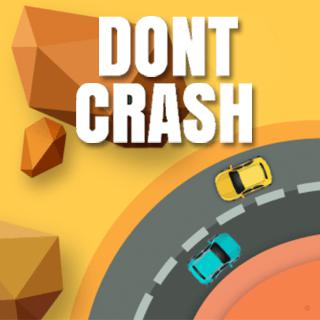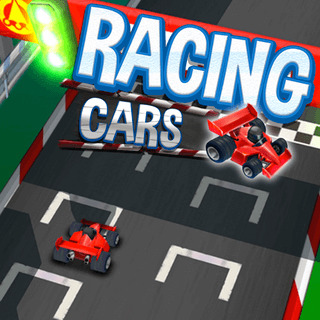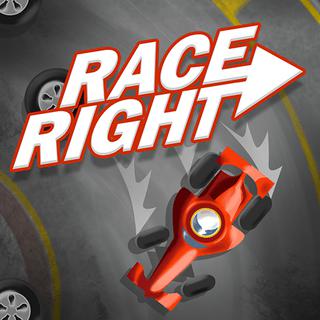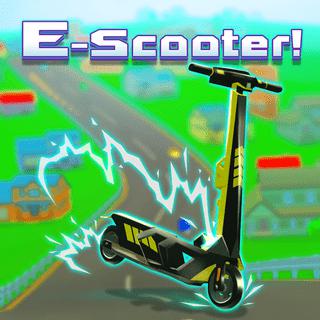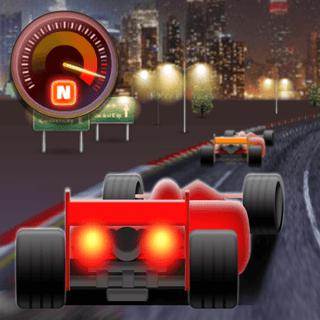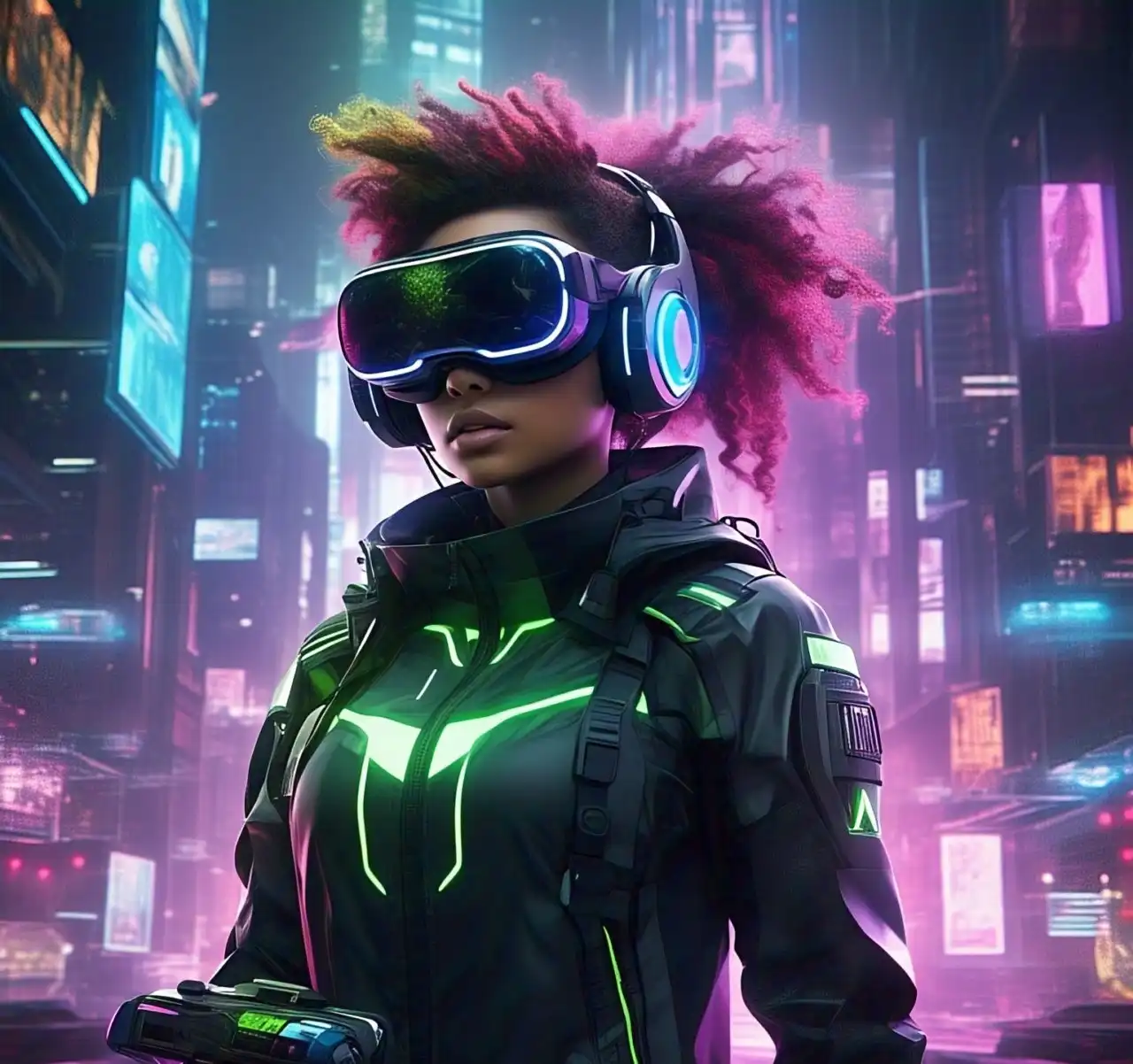Moto Fury

Moto Fury: The Ultimate High-Speed Motorcycle Challenge That Tests Your Reflexes
Have you ever caught yourself watching motorcycle riders weaving through traffic and thought, "I wonder what that feels like?" Moto Fury delivers exactly that heart-pounding experience in a browser-based HTML5 game that captures both the thrill and danger of high-speed motorcycle riding. Unlike many racing games that keep you safely on a track, Moto Fury throws you directly into oncoming traffic, creating an intense risk-reward system that keeps you constantly on edge.
When I first loaded up Moto Fury, I expected another standard endless runner with vehicles. What I discovered instead was a surprisingly nuanced game with physics that feel weighty and consequential. Your motorcycle responds with realistic momentum to every input, making each near-miss with traffic genuinely tension-inducing. This isn't just about holding down an acceleration button – it's about mastering the delicate balance between speed and control.
The Risk-Reward System: Dancing With Danger
The core gameplay loop of Moto Fury revolves around a brilliantly designed risk-reward system. Sure, you could play it safe, sticking to your lane and braking whenever traffic gets dense. But where's the fun in that? The real excitement (and substantial point multipliers) comes from deliberately putting yourself in harm's way.
Overtaking cars with mere inches to spare sends your points skyrocketing. Driving against traffic – a truly white-knuckle experience – multiplies your score even further. These risky maneuvers create those exhilarating "I can't believe I made it" moments that had me pumping my fist in triumph after threading the needle between two oncoming trucks at breakneck speed.
What makes this system work so well is how it ties directly into the progression mechanics. Those bonus points aren't just for leaderboard bragging rights – they translate directly into the cash you need to advance. This creates a perfect tension where playing it safe might extend your run, but taking calculated risks accelerates your progression through the game's motorcycle collection.
Players who enjoy this kind of high-speed traffic navigation might also appreciate Highway Rider Extreme, though Moto Fury puts greater emphasis on point-scoring maneuvers rather than pure distance.
Motorcycle Progression: From Starter Bike to Speed Demon
Starting with a basic motorcycle that feels just slightly underpowered is a smart design choice that makes each subsequent upgrade genuinely satisfying. The initial bike handles well enough to learn the game's mechanics, but once you've saved enough cash for your first upgrade, the difference is immediately noticeable.
Each new motorcycle in your collection doesn't just look cooler – it fundamentally changes how you play. Faster top speeds mean quicker reactions are required. Better handling allows for more precise maneuvering through dense traffic. Improved braking can save you from otherwise certain crashes. This creates a meaningful progression path where your growing skill complements your improving vehicle.
I particularly appreciated how the game balances its economy. New motorcycles are priced at levels that require several good runs to afford, but never feel so distant as to be discouraging. Each purchase feels like a significant milestone rather than just another incremental upgrade, giving the game surprising longevity for what initially appears to be a simple concept.
This progression system shares similarities with Biker Street, though Moto Fury's focus on highway racing rather than urban environments creates a distinctly different riding experience.
Visual Impact: Speed Sells the Experience
For a browser-based HTML5 game, Moto Fury delivers impressive visual feedback that sells the sensation of speed. The environment blurs appropriately as you accelerate, and the slight camera shake during near-misses adds to the intensity without becoming distracting. Weather effects occasionally change track conditions, with rain-slicked highways requiring more cautious handling.
The motorcycle models themselves feature surprising detail, with visible suspension compression during hard braking and realistic lean angles during lane changes. This attention to visual fidelity helps immerse you in the experience, making each close call feel that much more pulse-pounding.
When crashes do happen – and they will happen – the game doesn't shy away from the consequences of reckless riding. Your character goes flying from the bike in a tumbling ragdoll physics display that somehow manages to be both slightly comical and a vivid reminder of why this behavior stays firmly in the realm of video games rather than real highways.
Mastering the Controls: Simple But Nuanced
One of Moto Fury's greatest strengths is its control scheme – simple enough to grasp immediately but with enough depth to reward practice. Lane changing feels responsive without being twitchy, and the braking system provides genuine stopping power while requiring timing and distance judgment to use effectively.
What separates expert players from beginners is their mastery of combining these basic controls into fluid movements. Braking slightly before changing lanes to thread between cars, then accelerating immediately afterward to maximize points becomes second nature with practice. The game rewards this kind of rhythmic flow with both higher scores and the satisfaction of executing perfect maneuvers at speeds that initially seemed impossible to navigate.
Players who enjoy refining their control mastery might also appreciate Moto X3M, though Moto Fury focuses more on traffic navigation than the stunt-based challenges of that title.
The Scoring System: Depth Beyond Distance
While distance covered forms the backbone of your score, what elevates Moto Fury above similar games is its comprehensive scoring system that rewards skillful and daring play. Near-misses, oncoming traffic navigation, sustained high speeds, and perfect braking all contribute to your multiplier, creating situations where a shorter but more skillfully executed run can outscore a longer but more cautious one.
This scoring depth provides natural goals beyond simply unlocking all available motorcycles. Even with a fully upgraded garage, you'll find yourself returning to beat personal records or climb the global leaderboards. The "just one more try" factor is strong here – I frequently found myself saying I'd stop after one last run, only to still be playing twenty minutes later.
Mobile-Friendly Design That Doesn't Compromise
While many browser games feel like compromised versions of fuller experiences, Moto Fury seems designed from the ground up to work perfectly regardless of your device. The game runs smoothly even on modest hardware, and the simplified control scheme translates perfectly to touch screens without losing any of its responsiveness.
This cross-platform excellence is particularly notable given the speed-focused nature of the gameplay. Even on mobile devices, the frame rate remains smooth enough to make split-second decisions possible, allowing for the same high-level play regardless of how you access the game.
Fans of other well-optimized mobile racing experiences might also enjoy Speed Club Nitro, though Moto Fury's motorcycle focus creates a distinctly different racing challenge.
Whether you're looking for a quick adrenaline rush during a break or settling in for a longer session to unlock that next dream bike, Moto Fury delivers an impressively complete package that balances accessibility with genuine depth. The combination of risk-reward gameplay, meaningful progression, and satisfying controls makes this one of the standout HTML5 racing games available today. Just remember – keep these riding techniques strictly in the virtual world!
